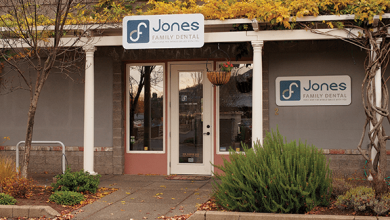How Do I Know If I Have Sleep Apnea? (For Adults)
Hello and happy spring! I will begin a several part series of articles discussing obstructive sleep apnea and sleep-disordered breathing to help you better understand the disease. First, I will discuss what you should look for as an adult, then we will discuss the multidisciplinary approach to obstructive sleep apnea treatment and why you may not get the care that you truly need without that approach. Lastly, I want to discuss the treatment that we are doing for obstructive sleep apnea and why we are different.
Many of us snore or have a family member that snores. We may not think much of it, but it speaks to a more serious problem. First let’s define apnea and sleep-disordered breathing. Apnea is when we stop breathing and obstructive apnea refers to tissue or a blockage in our airway that will not allow air to be drawn into our lungs by use of our diaphragm alone. If we only have an increase of resistance in our airway it is called hypopnea and often this occurs when we snore. You may gasp or change positions frequently when airway resistance increases. When these apneas or hypopneas occur and it affects our depth/quality of sleep, heart rate, or our blood pressure it is described as a form of sleep-disordered breathing and treatment is recommended.
Here are a list of symptoms often described by patients that are suffering from sleep-disordered breathing:
• Snoring
• Waking with headaches
• “I’m a light sleeper”
• Sleeping for a long time but not feeling rested
• Waking very hungry
• Waking in a fog
• Going to the bathroom several times in the night
• Feeling anxious at night and even in the daytime
• “I have insomnia”
• Dry mouth and throat in the morning
• “I often can’t breathe through my nose”
• Excessive heartburn or belching sometimes with nausea
Here are some oral signs and symptoms:
• Narrow arches
• Deep bite where the top teeth hide or cover the lower front teeth
• Lower front teeth are crowded
• Tongue appears big for the mouth
• Low tongue posture
• Tongue tie
• Open mouth breathing
• Forward head posture
• Teeth grinding
• Abfractions (notches at the gum line of teeth) often misattributed to aggressive brushing
The only way to truly determine if you have sleep apnea is do a test for it. For most people, home sleep tests will give us all the information we need, but some need to go into a sleep center to determine if they have sleep-disordered breathing.
At Jones Family Dental we test for sleep-disordered breathing for at-risk patients. We also send the data to a sleep physician to get a diagnosis. We then often take a 3D scan of the upper airway to determine exactly where the obstruction is located. At that point many options will be discussed along with explanations as to how those options can benefit you. Next Article: “Part 2: I Have Sleep Apnea, Now What?”



